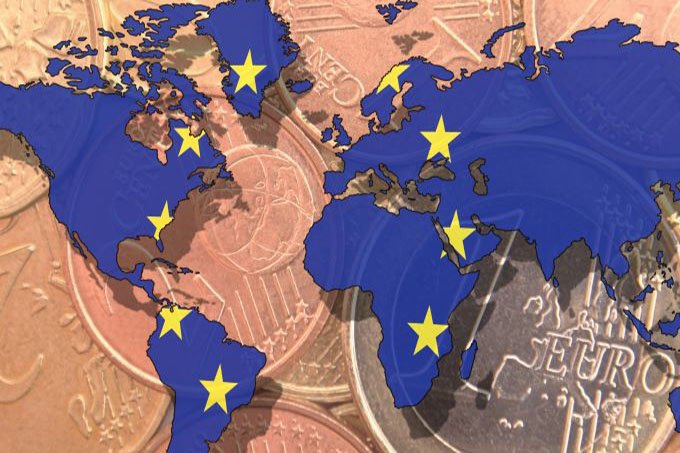 According to Germany's Federal Statistical Office, retail sales dropped by 9% (year-on-year) in February, against expectations of a 6.3% contraction, though better than the previous month's 9.3% drop. In monthly terms, retail sales rose by 1.2%, lower than expectations of 2% but better than the previous month's figure of -6.5%.
According to Germany's Federal Statistical Office, retail sales dropped by 9% (year-on-year) in February, against expectations of a 6.3% contraction, though better than the previous month's 9.3% drop. In monthly terms, retail sales rose by 1.2%, lower than expectations of 2% but better than the previous month's figure of -6.5%.
According to the Statistical Office, these results are linked to the second COVID-19 lockdown, which led to a partial retail closure in December last year.
"These results can be explained by the second COVID-19 lockdown, which led to a partial retail closure starting on 16 December 2020," stated the agency in a press release.
Markit Economics reported that the manufacturing sector in Germany expanded in March despite the spread of the virus, as the Manufacturing PMI stood at 66.6, remaining in line with expectations. In the Eurozone it stood at 62.5, signaling an expansion and slightly above expectations of 62.4.
According to the chief business economist at IHS Markit, Eurozone manufacturing is booming even though it is mostly centered on Germany. This improvement is mainly due to rising domestic demand and growth in exports. However, supply chain disruptions have caused a surge in firms' costs, which is not good for entrepreneurs.
“While the forces driving prices higher appear to be temporary, linked to the initial rebound from COVID-19 lockdowns, any further upward pressure on firms’ costs and selling prices is unwelcome,” he explained.
Regarding the increasing prices, European Central Bank Chief Economist Philip Lane commented that it will not be permanent, which implies that the medium-term outlook for inflation remains subdued; that is, inflation will remain considerably below the central bank's target. He added that even if the deflationary effects of the pandemics are offset, aided by the pandemic emergency purchase program, the bank would still need to make sure its monetary policy stance will help counter the deflationary pressures.
“The volatility of inflation during 2020-2021 can be largely attributed to the nature of the pandemic shock,” explained Lane in a blog post. “The medium-term outlook for inflation remains subdued, amid weak demand and substantial slack in labor and product markets.”
By 10:04 GMT, the euro rose by 0.09% against the US dollar, hitting the 1.1738 level.
